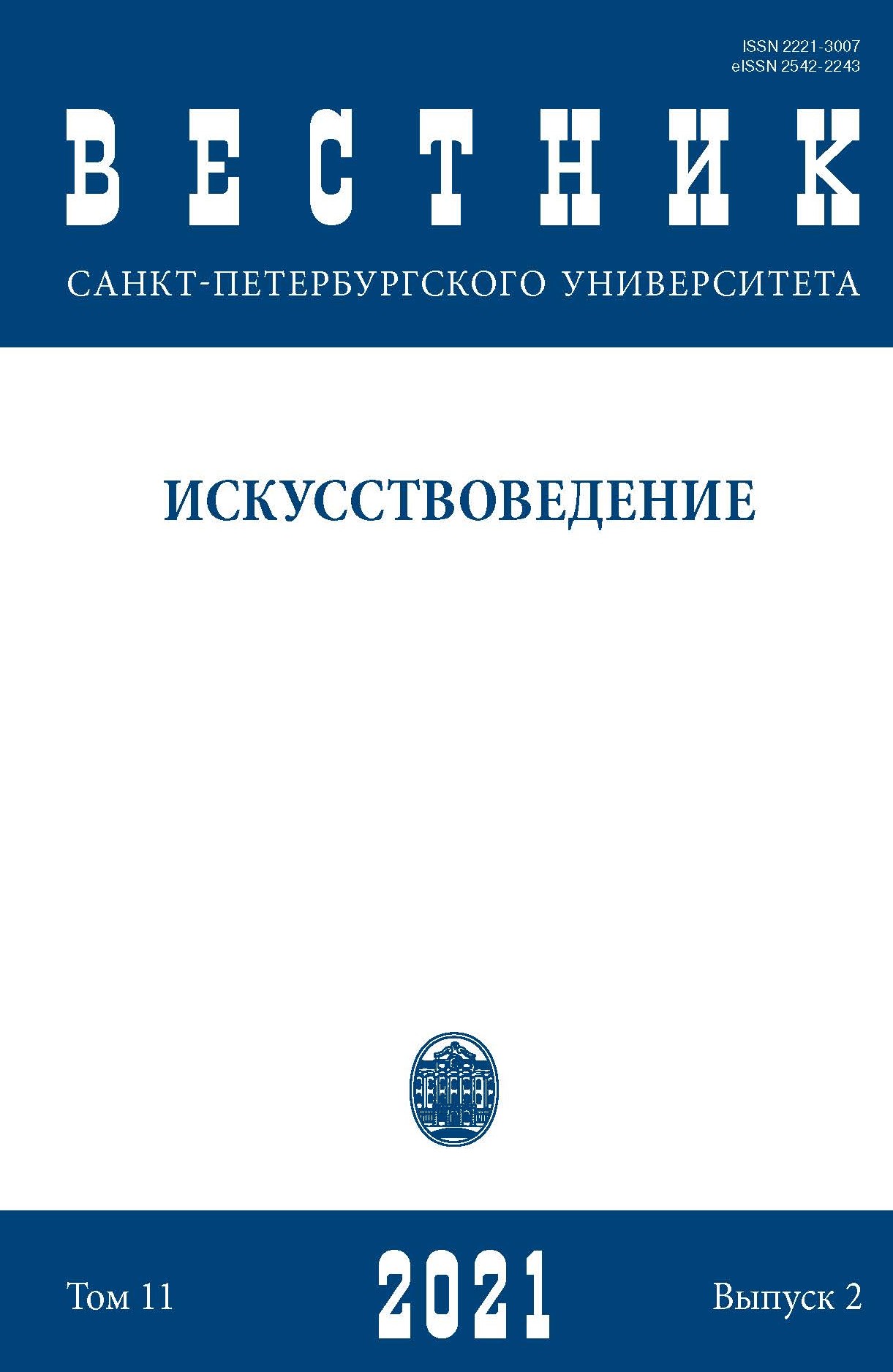A Comparative Study of the Talking Tree Motif in Persian Versions of Qazvini’s Wonders of Creation (Ajā’ib al-makhlūqāt wa gharā’ib al-mawjūdāt)
DOI:
https://doi.org/10.21638/spbu15.2021.207Аннотация
A tree is one of the most beautiful creations in the world. The development of mythical concepts and the prevalence of some beliefs about it have led to certain connotations and the emergence of specific beliefs in human thought. Among trees, there is the talking tree (Waqwaq), which has a long history and has been mentioned in various books, including reliable geographic sources such as Qazvini’s the Wonders of Creation. The article examines the pictorial motif of talking tree in the Persian version of Qazvini’s Wonders of Creation and considers the similarities and differences of its presentation in Persian versions as well as the origin of its aesthetic principles. The results of the research show that all versions have human heads or a statue on the tree. Among them, the Wonders of Creation 1816 AD has a female motif and depicts a female statue on the tree. The head motif in the Wonders of Creation of 1550–1560 AD is male and illustrates masculine statues on the tree. The head motif in the Wonders of Creation 1566 AD, the Wonders of Creation of the 16 century AD, the Wonders of Creation 1651 AD and the Wonders of Creation 1695 AD and the two heads in the Wonders of Creation 1822 AD was male and only depict human heads on the tree, not the full body. In some versions, in addition to human heads, animal heads are also portrayed on the tree. What is interesting is the presence of the head of legendary animals and birds such as Dragon and Simurgh.
Ключевые слова:
Persian version, Wonders of Creation, Zakariya al-Qazvini, talking tree, Persian painting, Iran, Waqwaq
Скачивания
Библиографические ссылки
Загрузки
Опубликован
Как цитировать
Выпуск
Раздел
Лицензия
Статьи журнала «Вестник Санкт-Петербургского университета. Искусствоведение» находятся в открытом доступе и распространяются в соответствии с условиями Лицензионного Договора с Санкт-Петербургским государственным университетом, который бесплатно предоставляет авторам неограниченное распространение и самостоятельное архивирование.






